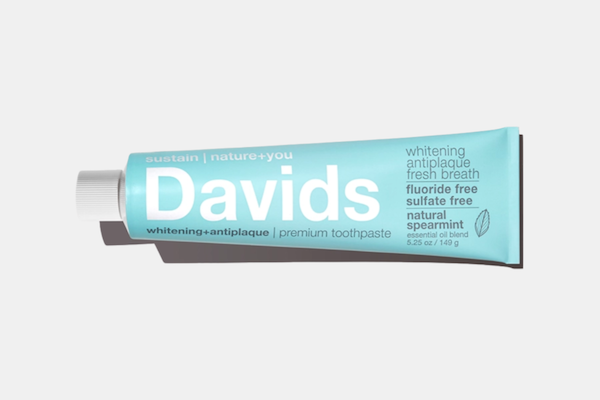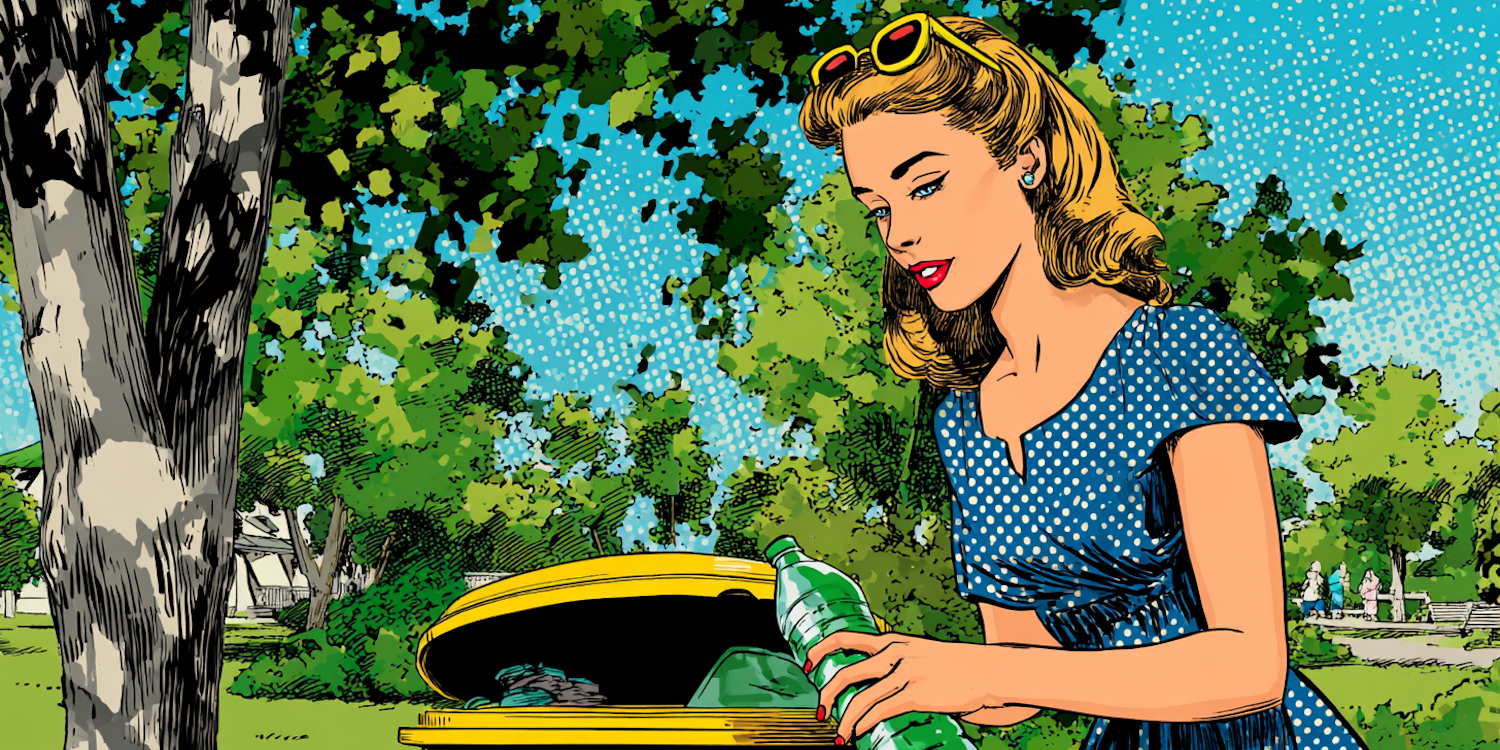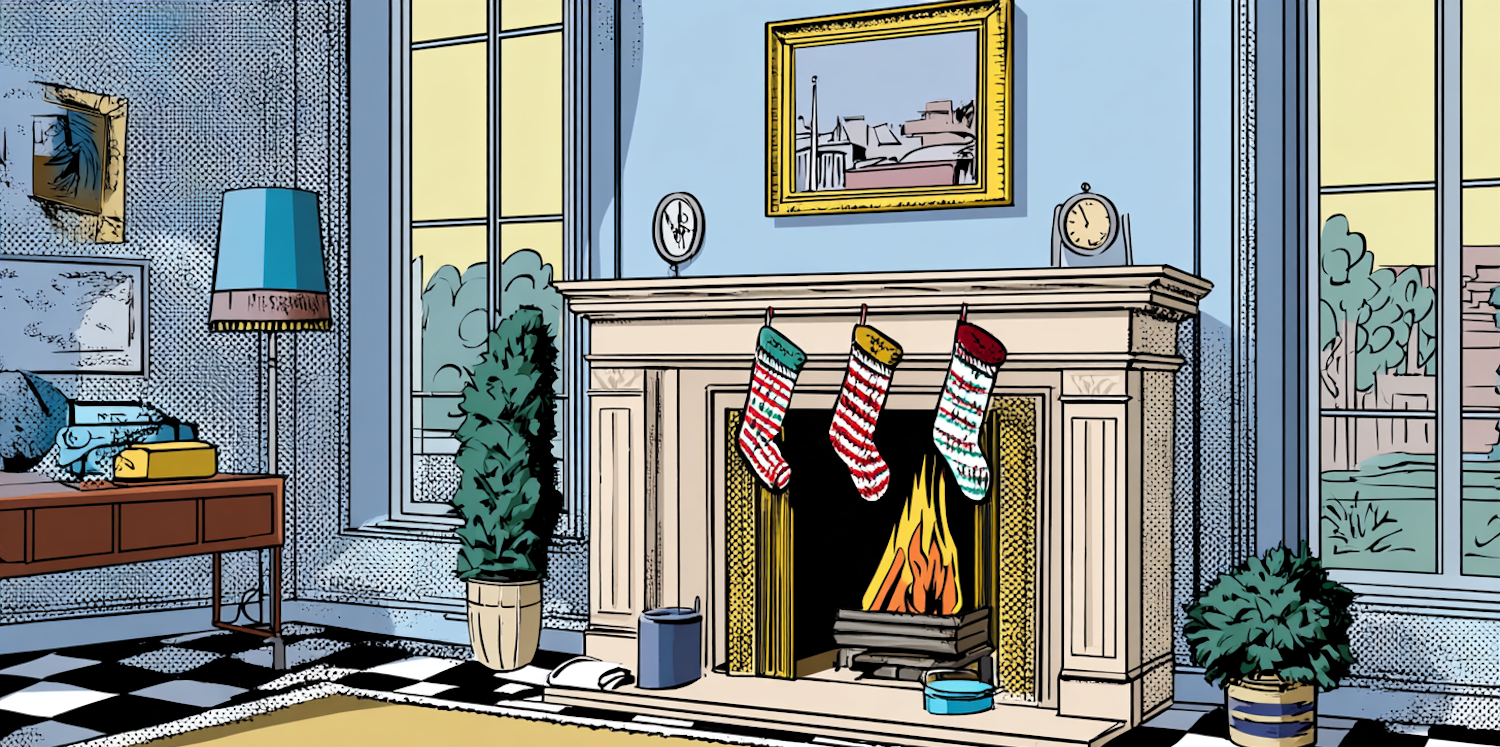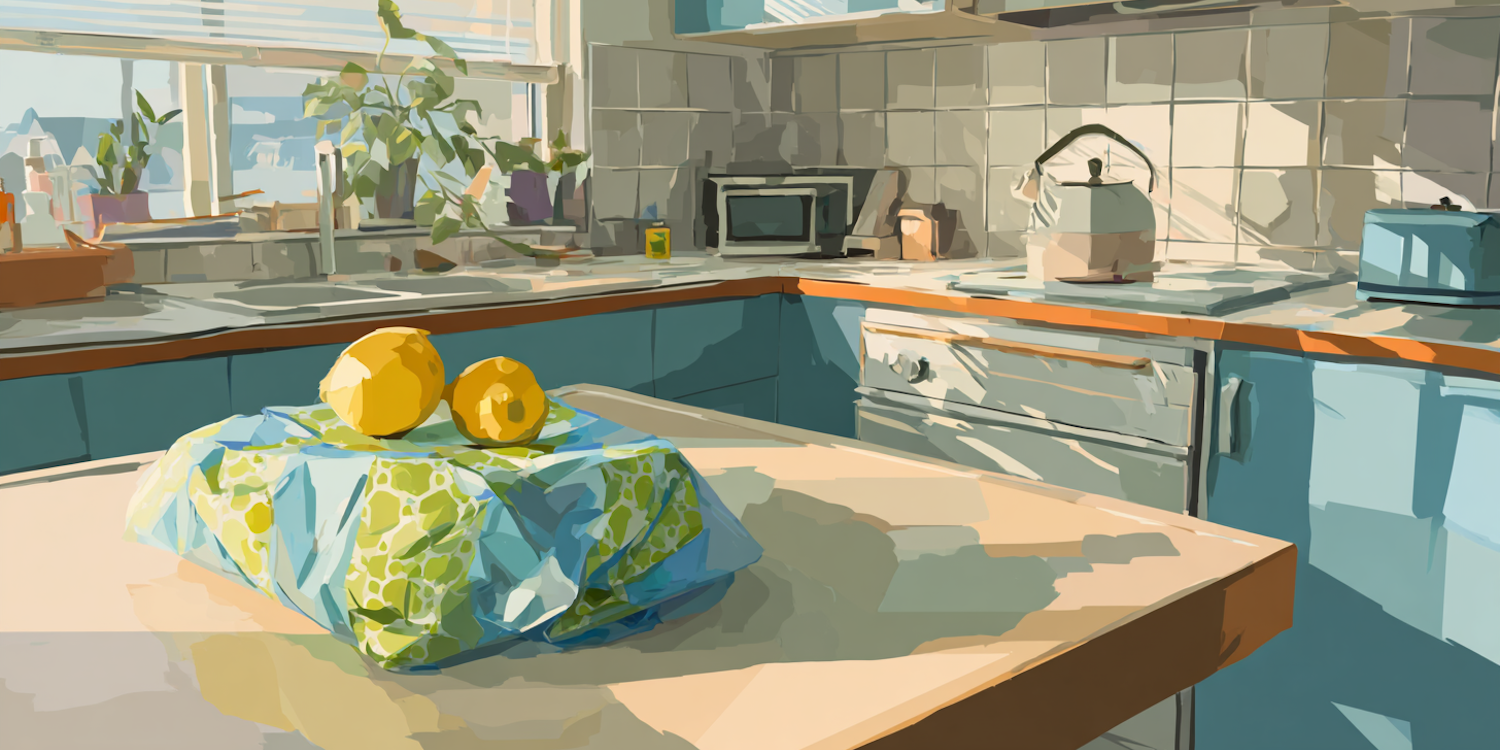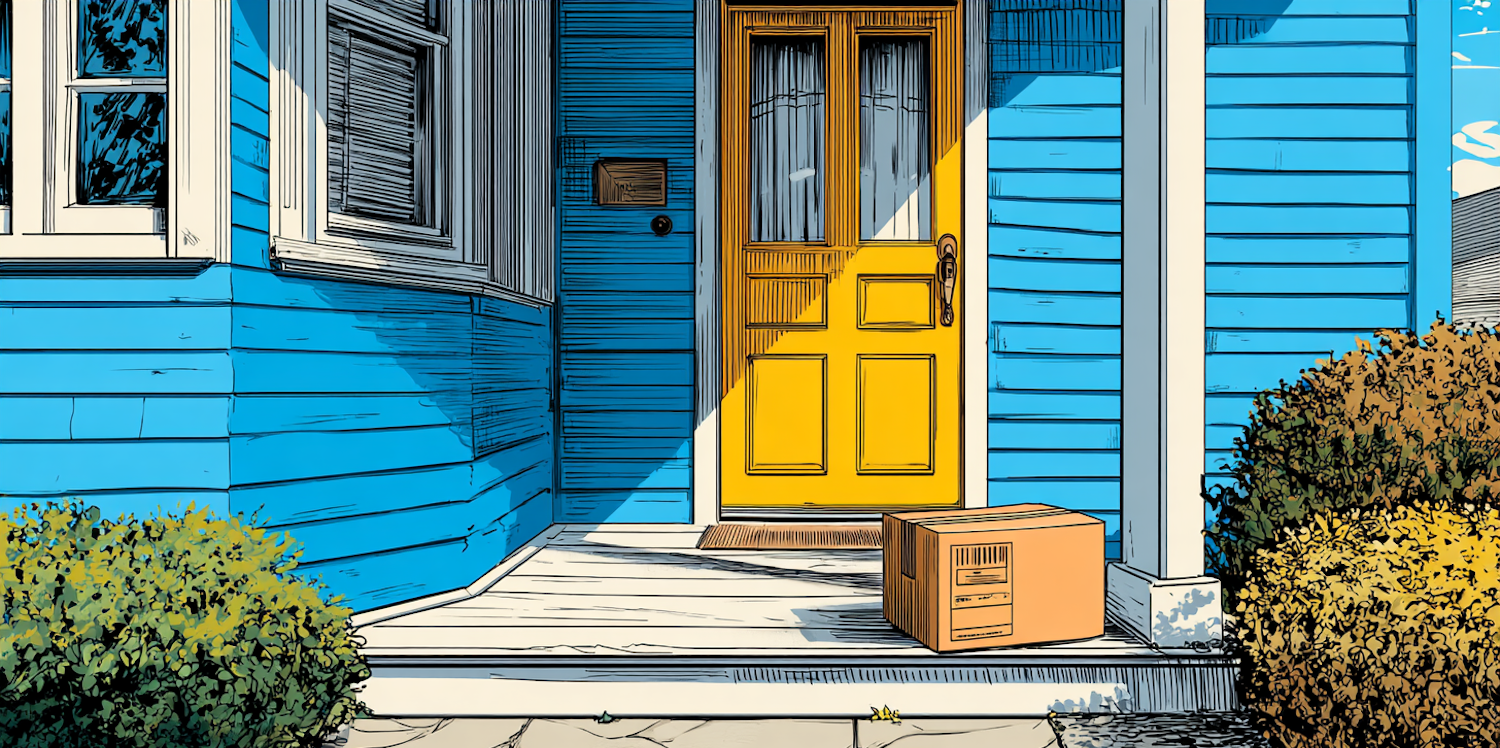Introduction
For decades, recycling has been framed as the hero of the environmental movement. The message was simple: toss your plastic containers into the blue bin, and they’ll magically be turned into something new and useful. It’s a comforting story — one that lets us feel like we’re doing our part without changing much about our daily habits.
But reality paints a different picture. Despite the labels, logos, and good intentions, most plastic packaging never actually gets recycled. Instead, it’s landfilled, burned, or leaks into the environment. So what’s really happening to our recycling — and why does it matter for anyone trying to live a more sustainable lifestyle? Let’s take a closer look.
1. The Recycling Myth We’ve Been Sold
The little chasing arrows on plastic packaging can be misleading. While the symbol suggests recyclability, it doesn’t guarantee that the product will ever see a second life. In fact, the symbol often just identifies the type of plastic resin — not whether it’s accepted in your local recycling program.
The truth is that recycling is much more complicated than dropping a yogurt cup or salad container into a bin. Plastics come in many different grades, some of which are rarely recycled because they’re difficult or too expensive to process. Add in contamination (a greasy pizza box, food residue on takeout containers), and suddenly even technically recyclable plastics get diverted to the landfill.
The myth isn’t that recycling is useless — it’s that recycling alone can solve our waste problem.
2. Where Most Plastic Really Ends Up
Here’s the hard number: in the United States, only about 5–6% of plastic waste is actually recycled each year (EPA, 2023). That means more than 90% of the plastic we dutifully place in bins doesn’t get a second chance.
So where does it all go?
-
Landfills: The majority of plastic ends up buried, where it takes hundreds of years to degrade.
-
Incineration: Some is burned for energy, which reduces volume but releases pollutants and greenhouse gases.
-
The environment: Millions of tons leak into oceans, rivers, and landscapes, breaking down into harmful microplastics.
Even when plastics are recycled, they’re often “downcycled” — turned into items like carpet fiber, park benches, or construction materials. Useful, yes, but these products usually can’t be recycled again, meaning the plastic still has a one-way trip to waste, just delayed.
3. Why the System Is Broken
Recycling isn’t a bad idea — it’s just not built to handle the sheer scale and complexity of modern plastic packaging. A few key problems stand out:
-
Infrastructure gaps: Many communities lack facilities to process certain types of plastic. For example, thin films, black plastics, and mixed-material packaging are rarely recycled.
-
Market demand: Virgin plastic, made from fossil fuels, is often cheaper than recycled plastic. If manufacturers don’t want recycled material, recycling facilities have nowhere to send it.
-
Contamination: Dirty containers can ruin entire batches of recyclables, making them unusable.
-
Downcycling limits: Unlike glass or aluminum, which can be recycled repeatedly, plastic quality degrades with each cycle.
The result is a system that collects more plastic than it can realistically reprocess — creating a sense of progress without delivering much impact.
4. What This Means for Consumers
Most of us want to do the right thing. We carefully rinse our bottles, check for recycling numbers, and dutifully wheel our bins to the curb. But learning that our efforts may be in vain leads to frustration — and sometimes, cynicism.
This gap between consumer effort and actual results also undermines trust. If “recyclable” doesn’t mean what we think it does, how can we know which choices actually make a difference?
The lesson isn’t to give up, but to recognize that recycling is only one piece of the puzzle. To tackle the plastic crisis, we need to look upstream — at how products are designed, packaged, and sold in the first place.
5. The Better Path: Reducing Packaging Waste
Recycling will always play a role, but it shouldn’t be the main strategy. The most powerful solution is to reduce packaging waste at its source. That means designing products and systems that don’t rely on disposable plastic in the first place.
Practical steps include:
-
Switching to reusable containers: Glass, stainless steel, and silicone alternatives reduce dependence on single-use packaging.
-
Choosing compostable packaging where appropriate: Materials like paperboard or plant-based films can safely return to the earth.
-
Supporting refill systems and bulk options: Buying concentrated cleaning products or refill packs drastically cuts down on waste.
By avoiding unnecessary plastic in the first place, we sidestep the question of whether it’s “recyclable” and focus on solutions that actually work.
6. How Lochtree Helps
At Lochtree, we believe sustainability shouldn’t come with an asterisk. That’s why we curate products that are designed to reduce waste from the start — whether it’s compostable kitchen brushes, beeswax wraps, or reusable storage solutions.
We also prioritize minimal, eco-friendly packaging. That means when you order from us, you can be confident you’re not contributing to the mountain of plastic that recycling can’t handle.
Our mission is simple: make it easier for people to live sustainably by offering products that align with their values — no greenwashing, no empty promises. Just thoughtful, planet-friendly alternatives to everyday essentials.
Conclusion
Recycling has helped raise awareness about waste, but it was never meant to carry the full weight of the plastic problem. If only a tiny fraction of “recyclable” plastic actually gets recycled, then it’s clear we need a different approach.
The real solution lies in reducing plastic packaging altogether — choosing materials and products that don’t rely on a flawed system. By being mindful of what we buy and how it’s packaged, we can shift the conversation from false reassurance to real impact.
At Lochtree, we’re here to help you make that shift. Because when it comes to sustainability, the small choices you make in your kitchen ripple outward — reducing waste, building trust, and protecting the planet for generations to come.
Call-to-Action:
Ready to cut through the recycling myth and make a real difference? Explore Lochtree’s
Kitchen & Dining Products for eco-friendly, zero-waste products that make sustainability simple.
Did you enjoy this article? You may also like our blog post on 'How to Reduce Plastic Packaging,' filled with practical tips to cut back on unnecessary plastic and make sustainable choices easier every day.


